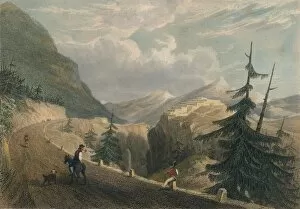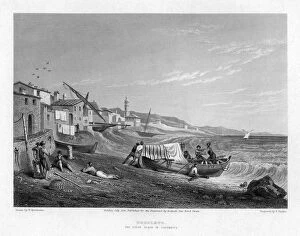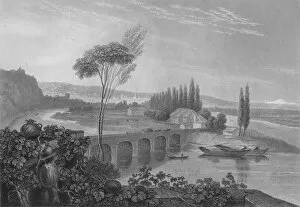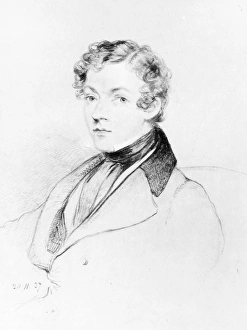Brockedon Collection
"Exploring the World through William Brockedon's Artistic Lens" Step into the past and embark on a visual journey with William Brockedon
All Professionally Made to Order for Quick Shipping
"Exploring the World through William Brockedon's Artistic Lens" Step into the past and embark on a visual journey with William Brockedon, a talented artist who captured the essence of various landscapes and historical figures in his stunning works. From Fort Lesseillon near Bramante to The Pass of the Great Saint Bernard - Hospice of the Great St. Bernard, Brockedon's attention to detail transports us back to these remarkable locations in 1827 and 1828. Traveling further south, we find ourselves immersed in Sondrio, Lombardy, Italy. Through Brockedon's brushstrokes, we witness the beauty of this Italian town as it existed almost two centuries ago. Continuing our exploration within Italy, we visit Cogoleto - not only known for its picturesque scenery but also as the birthplace of Christopher Columbus himself. Venturing beyond borders, Lyon beckons us from where the Rhone and Saone rivers converge. With Edward Francis Finden's assistance in creating this masterpiece alongside Brockedon’s vision, Lyons comes alive before our eyes, not limited to capturing landscapes alone; he skillfully portrayed notable individuals such as Sir Charles Wheatstone and Sir Francis Beaufort through detailed chalk drawings that showcase their contributions to science and society. Moreover, his artistic talents extended beyond portraits; he immortalized Washington Irving—an esteemed American writer—in pencil and chalk drawing back in 1824. Countess Teresa Guiccioli—a captivating figure associated with Lord Byron—also found her place among Brockedon’s engravings. As we delve deeper into history with each stroke of his pen or brush, ruins emerge from Pelice Valley showcasing fort Mirabouc nestled amidst majestic Alps peaks—a testament to both nature's grandeur and human ingenuity. William Brockedon’s artistry allows us an intimate glimpse into different eras across continents—a time capsule that captures the essence of places and people long gone.










